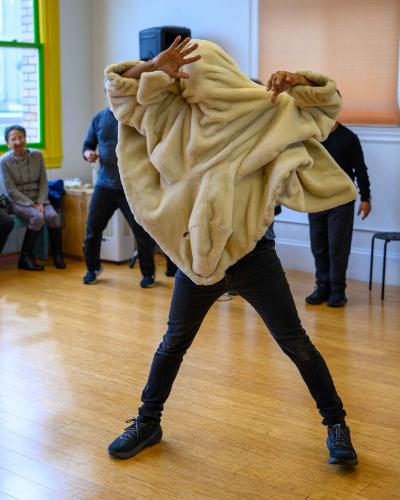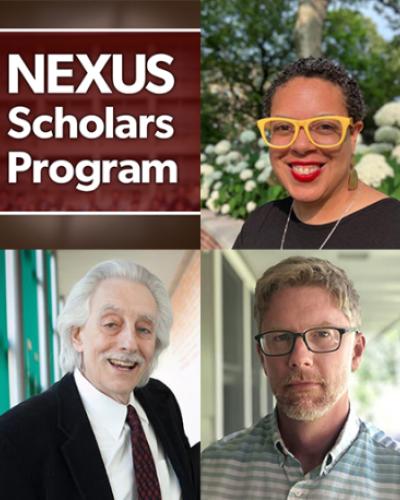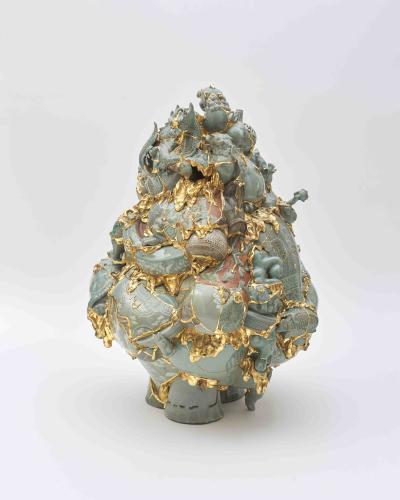Ph.D. candidate Jessie Taieun Yoon has published an article in the journal Feral Feminisms’ special issue on Excess, titled “Quietly Excessive: The Tense Interplay of Aesthetic Excess and Affective Absence in Representations of Asian Diasporic Femininities.” In this article, Yoon proposes what they call ‘quiet excess’ to account for Asian diasporic femininities’ ambivalence.
Following a literature review in Asian and Asian American Studies, the article suggests a creative understanding of a Korean artist Yeesookyung’s Translated Vase series, currently showing at the Metropolitan Museum of Art as part of the exhibition “Monstrous Beauty.” Diverging from a common analysis of this work as using a technique of Kintsugi, Yoon maintains: “If Kintsugi’s gold aestheticizes the seamlessly sutured cracks that constitute a new whole, Translated Vase’s gold-plated epoxy resin exaggerates its unruly aggregation that is not reducible to a new whole. It proclaims itself as an unstable assemblage of fragments that signals a distinctly Asian excess that reveals itself to be beautifully vulgar upon closer inspection.”
“I began drafting this article during my first year at PMA - hence, it starts off with a pretty dense literature review!” said Yoon. “As I was busy being a hungry sponge absorbing all the new fields I was introduced into, I was simultaneously grappling with a seeming contradiction between scholars theorizing Asianness as either aesthetically and affectively excessive and depleted at the same time. For me, both felt like the sides of the same coin. Throughout my engagement with the literature I do cite many visual works, including the iconic Chinese American actress Anna May Wong to Baseera Khan's performance Acoustic Sound Blankets. However, I wanted to conclude this article with a visual example that can encapsulate the theoretical engagement I am making, for which Yeesookyung's ceramic sculpture series Translated Vase was the best fit.
“The takeaway for the readers would inevitably vary depending on their objectives in reading my article (thank you so much in advance, though!) - for people working in Asian and Asian diasporic studies, I think my critical engagements with some canons would be helpful. For people interested in Yeesookyung's artwork, especially American readers who were recently introduced to her amazing works through the Metropolitan Museum's exhibition, I think my analysis offers a fresh alternative to hastily labelling it as kintsugi and suggests a more engaging interpretation of the work's sensual appeal against the backdrop of Asian racial and cultural politics.”
Read the full article here.
Read more about Jessie Taieun Yoon.





